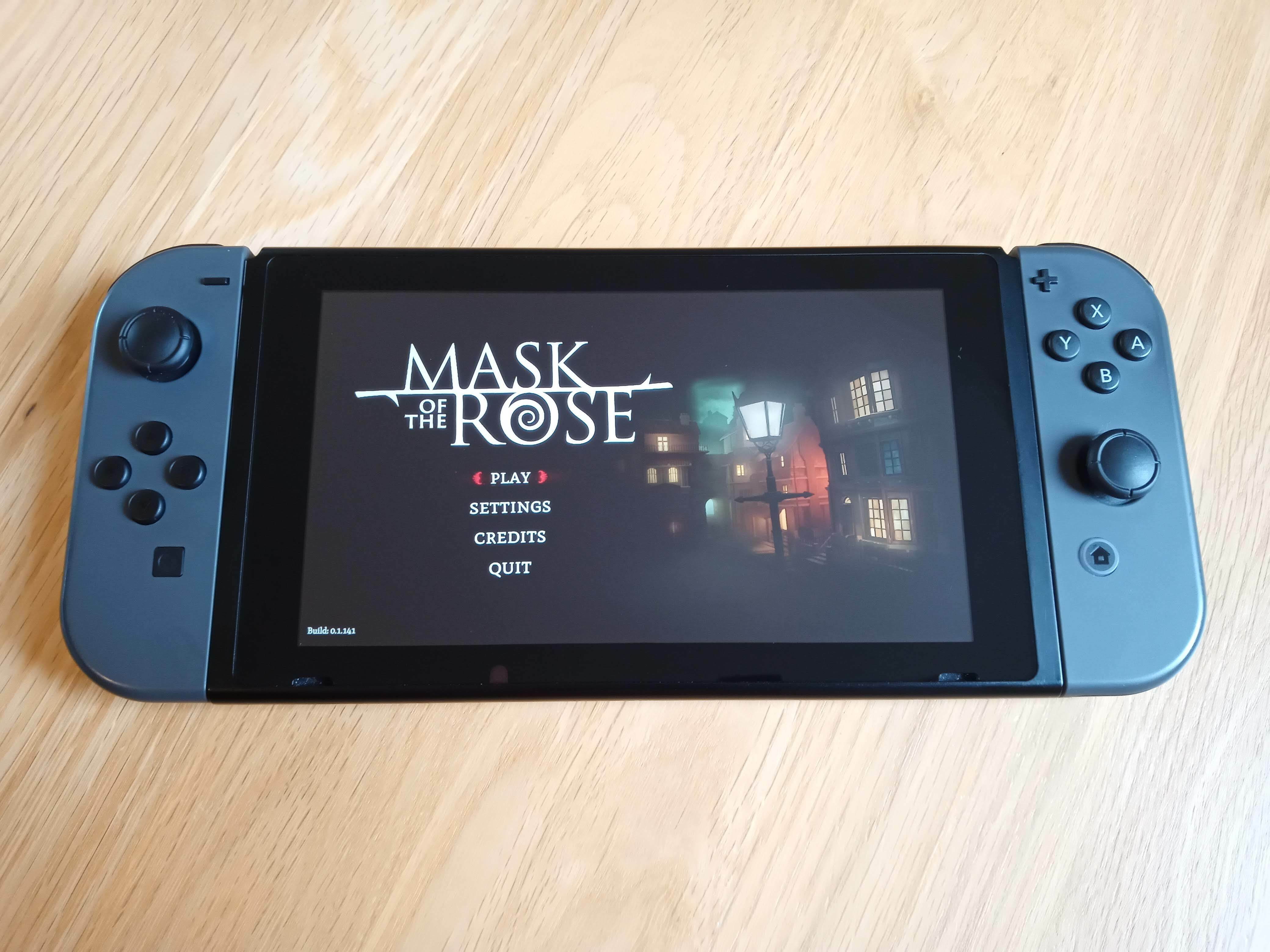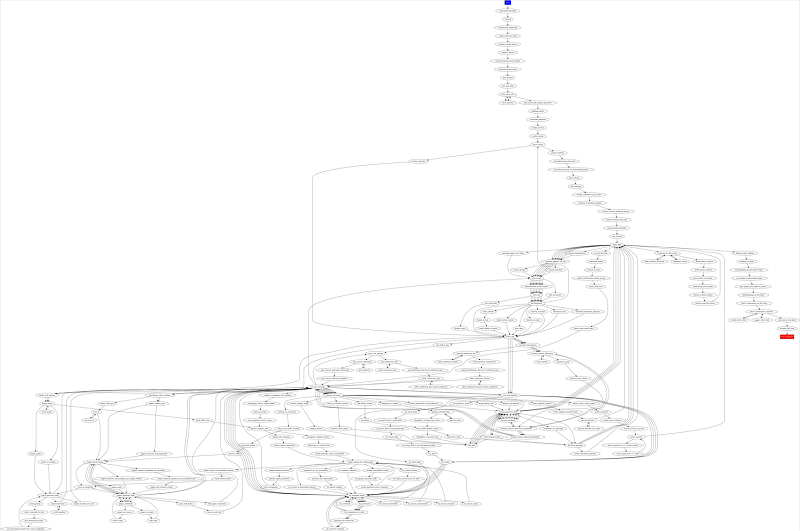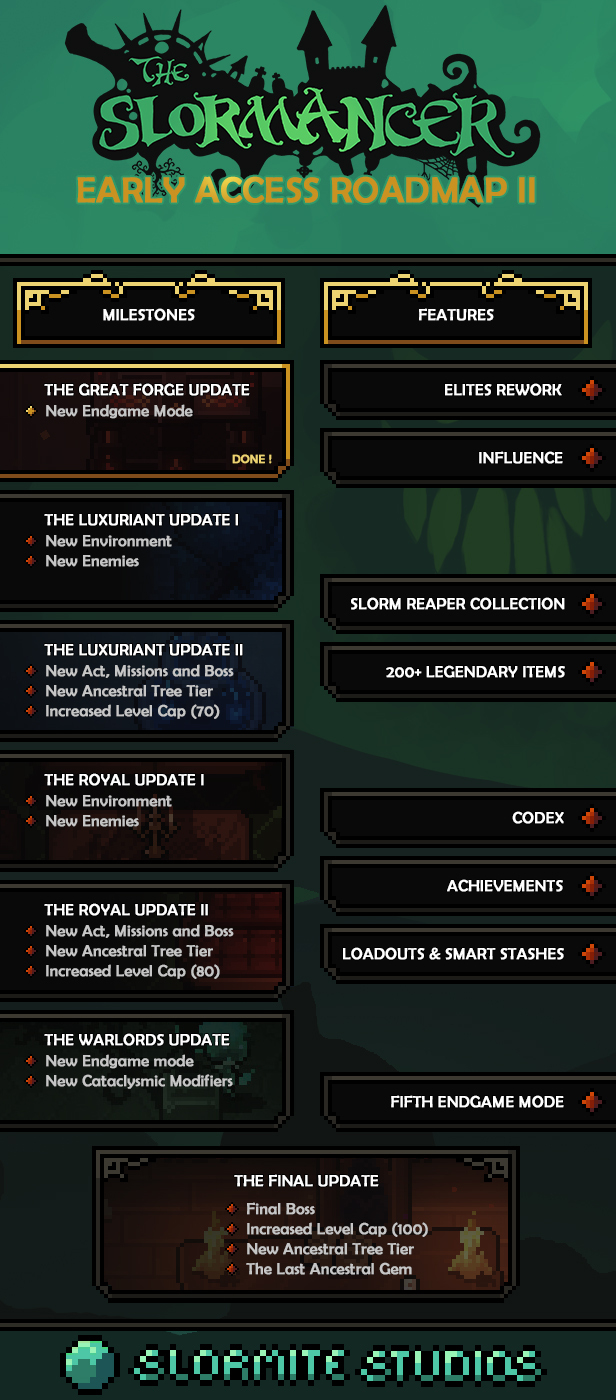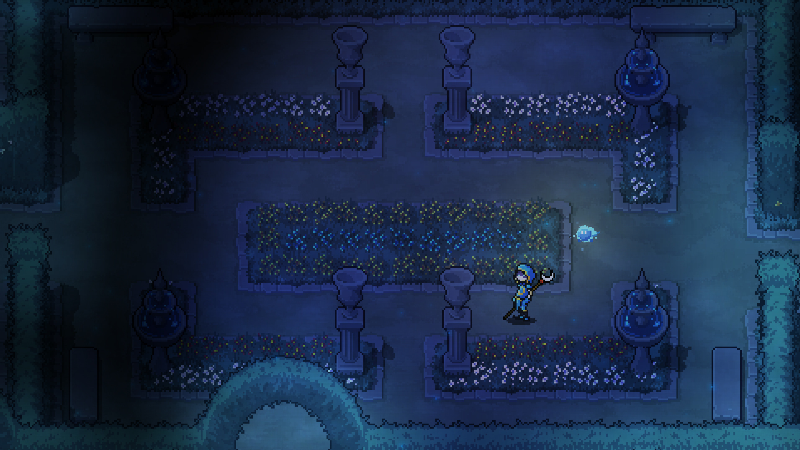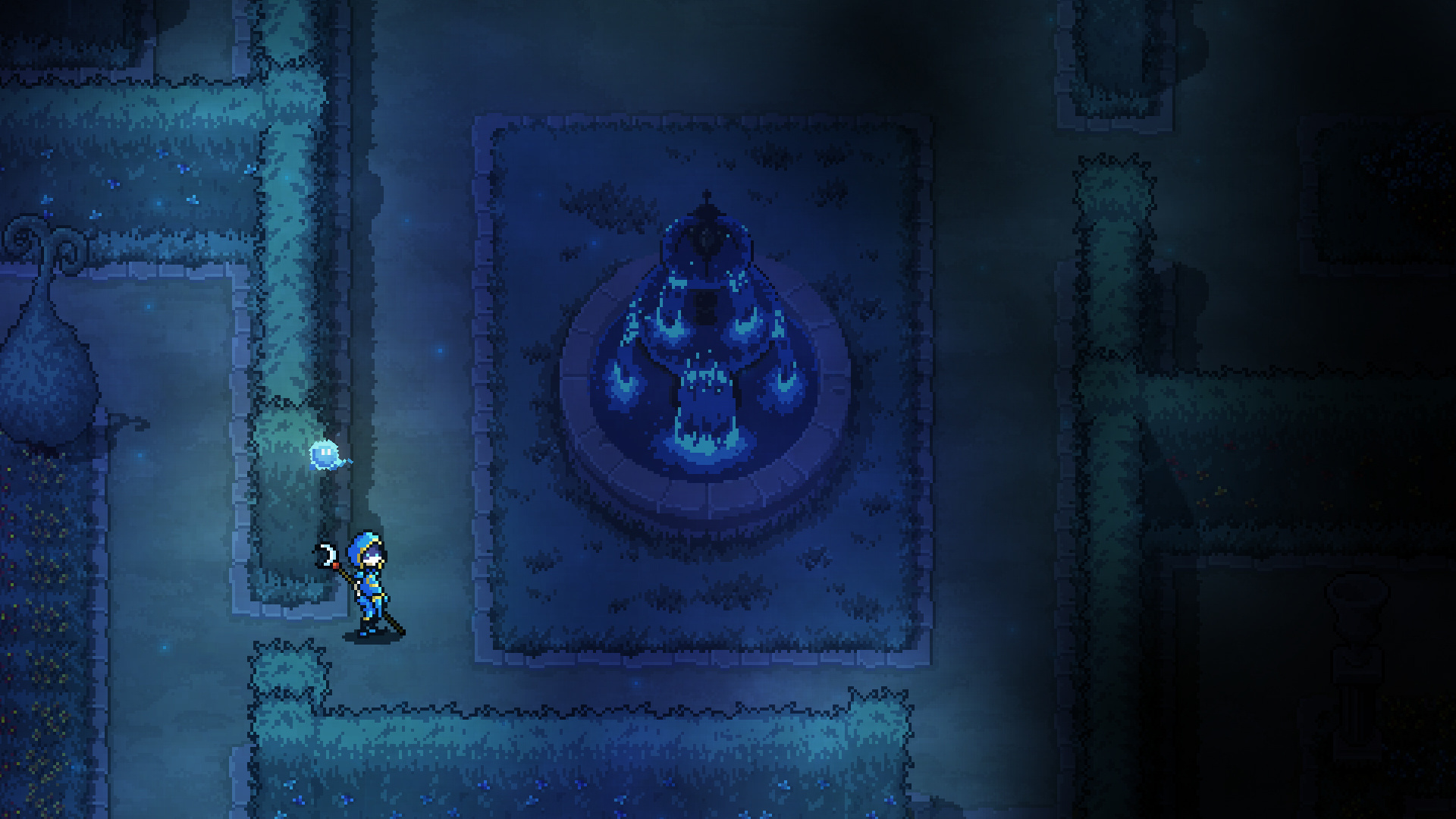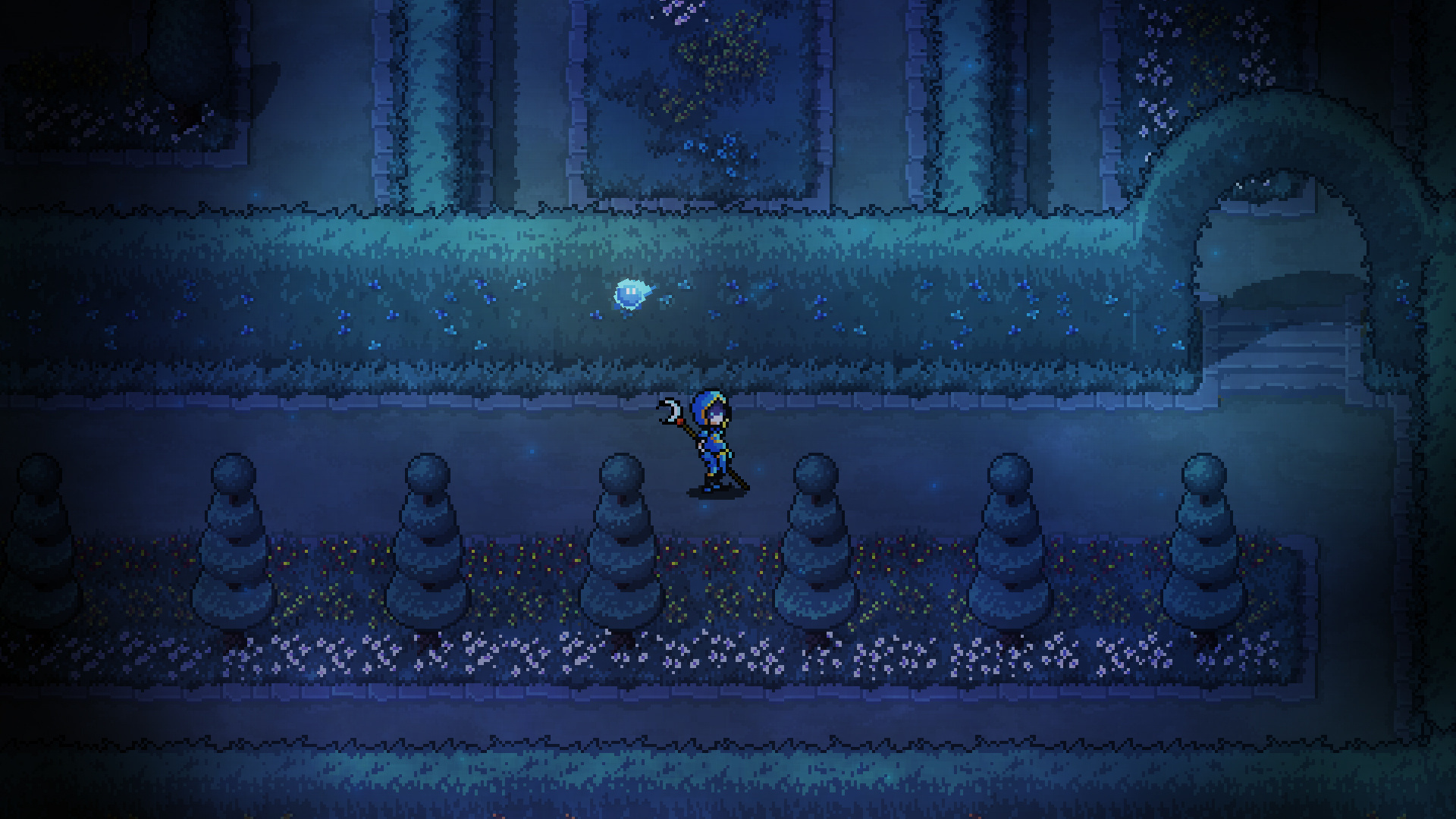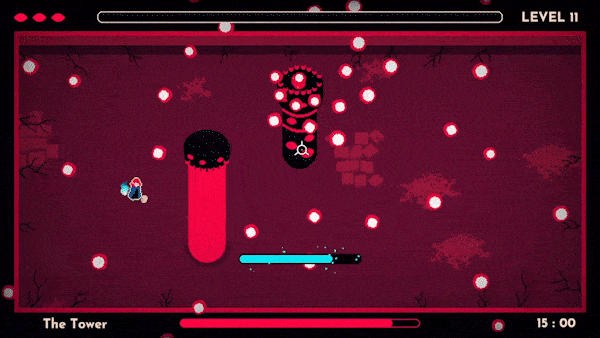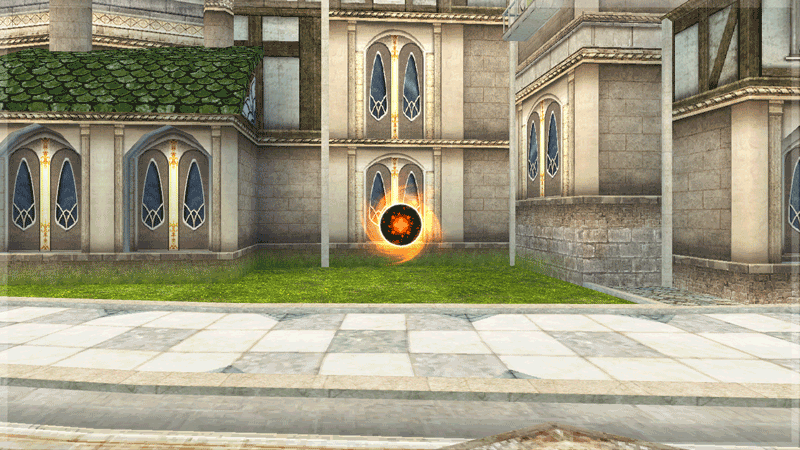
Oct 6, 2022
Sexy Airlines - Captain Kink
It’s bloody brilliant this week, with our hotties showing off their blockbuster bloodsucking skills as they take to the screens as vampires. Gather some sharp fangs and red juice to thicken the plot and give our sexy suck buddies a bit of oomph to carry out their roles suckcessfully!!
Event Details
-Brand new Unlock Animation with Amber
-New sexy threads for Giselle and Candy
-Vampire collection with 3 events themed costumes
-Collect Mysterious Drinks in America (north and south) and Fangs outside of America
-Play the event mission to get more event items (opens after the first level up, only once)
The Event goes until the 13th of October at 7AM UTC
Event Details
-Brand new Unlock Animation with Amber
-New sexy threads for Giselle and Candy
-Vampire collection with 3 events themed costumes
-Collect Mysterious Drinks in America (north and south) and Fangs outside of America
-Play the event mission to get more event items (opens after the first level up, only once)
The Event goes until the 13th of October at 7AM UTC






